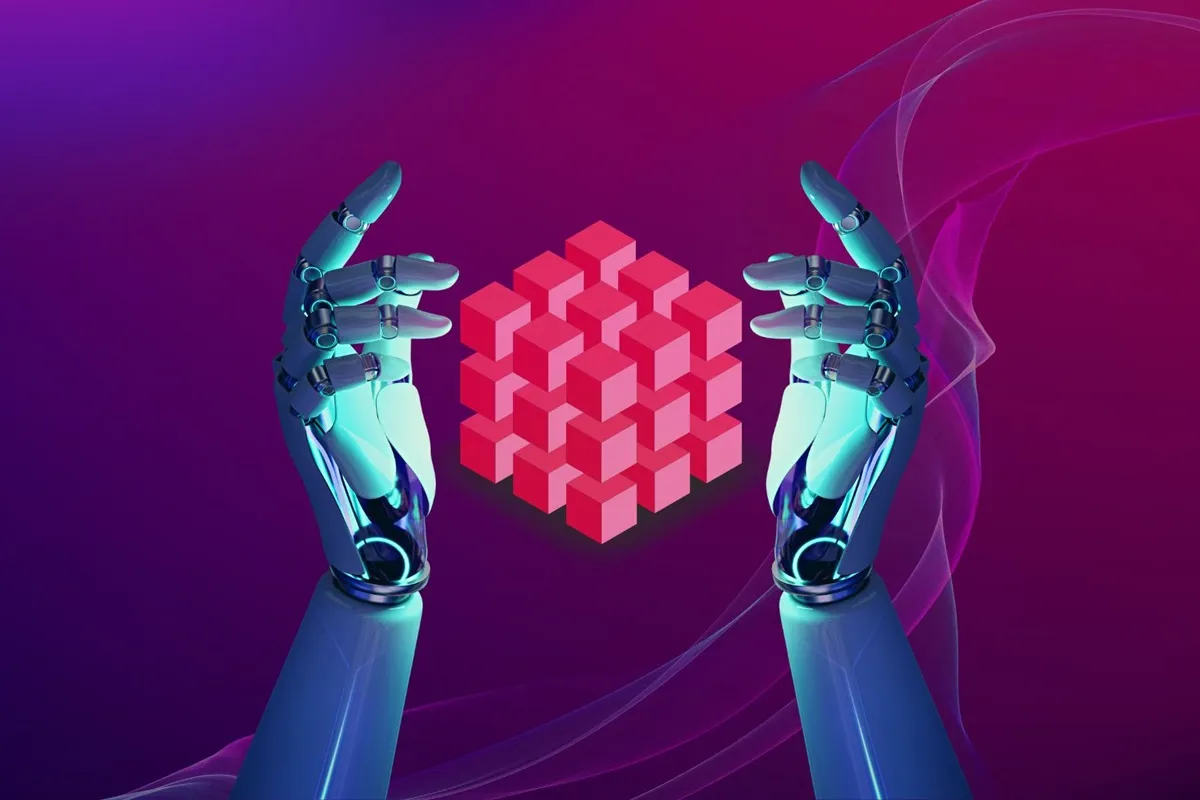Blockchain and Artificial Intelligence (AI) are two groundbreaking technologies with the potential to revolutionize various industries. When combined, they can enhance data security, transparency, and efficiency, opening up new opportunities for innovation.
This blog will delve into the future trends and development challenges of integrating blockchain with AI, providing an in-depth analysis of how these technologies can work together.
The Synergy Between Blockchain and AI
Enhancing Data Security and Privacy
Blockchain provides a decentralized ledger that ensures data integrity and security. AI relies heavily on data to function effectively, making blockchain an ideal partner for securing AI data.
This combination can prevent data tampering and unauthorized access, which is crucial in industries like healthcare and finance.
Current Trends:
Blockchain ensures secure storage and access to medical records, while AI analyzes this data for better patient outcomes. Companies like Medicalchain are pioneering this integration.
Blockchain secures transactions, and AI detects fraudulent activities. Banks and financial institutions are increasingly adopting these technologies to safeguard data and enhance service delivery.
Smart Contracts and AI
Smart contracts are self-executing contracts with the terms of the agreement directly written into code.
When combined with AI, these contracts can automate complex processes and decision-making tasks, increasing efficiency and reducing the need for human intervention.
Current Trends:
AI-driven smart contracts can automate insurance claims, ensuring they are processed accurately and promptly. Companies like Etherisc are utilizing this technology to streamline insurance processes.
AI can evaluate property data to determine fair market value, while smart contracts handle transactions transparently and securely, reducing fraud and paperwork.
Federated Learning and Blockchain
Federated learning is a machine learning approach where algorithms are trained across decentralized devices using local data samples.
Blockchain ensures the privacy and security of data used in federated learning, making this integration valuable for industries handling sensitive information.
Current Trends:
Companies are exploring federated learning for collaborative AI development. This approach maintains data privacy while enabling robust machine learning models.
Blockchain and federated learning can securely utilize patient data from multiple sources to improve diagnostic accuracy and treatment plans without compromising privacy.
Leveraging Big Data: How Analytics Can Drive Business Growth
Development Challenges
Scalability
One of the primary challenges in integrating blockchain with AI is scalability.
Blockchain’s decentralized nature can lead to slower transaction times, which can hinder the speed and efficiency of AI applications that require fast data processing.
Solutions:
- Layer 2 Scaling Solutions: Techniques like sharding and sidechains are being developed to improve blockchain scalability, allowing faster data processing without compromising security.
- Improved Consensus Algorithms: New consensus algorithms, such as Proof of Stake (PoS) and Practical Byzantine Fault Tolerance (PBFT), are being implemented to enhance transaction speeds and efficiency.
Interoperability
Ensuring seamless integration between different blockchain platforms and AI systems is another significant challenge. Different platforms may have varying protocols, which can complicate data exchange and processing.
Solutions:
- Cross-Chain Technologies: Development of cross-chain technologies allows different blockchains to communicate and interact, facilitating smoother integration with AI systems.
- Standardized Protocols: Establishing standardized protocols for blockchain and AI integration can ensure compatibility and interoperability across different platforms.
Data Quality and Management
AI systems require high-quality data to function effectively. Ensuring the integrity and quality of data in a decentralized environment can be challenging.
Solutions:
Implementing robust data validation mechanisms within blockchain can ensure the accuracy and reliability of data used by AI systems.
These marketplaces enable secure and transparent data sharing, providing AI systems with high-quality, validated data.
Regulatory and Ethical Considerations
The integration of blockchain and AI brings up various regulatory and ethical concerns, such as data privacy, AI biases, and compliance with legal standards.
Solutions:
- Regulatory Compliance: Staying updated with regulatory developments and ensuring compliance with data privacy laws, such as GDPR, is crucial for integrating these technologies.
- Ethical AI Practices: Developing AI systems that are transparent and free from biases, and ensuring that blockchain practices adhere to ethical standards.
Real-World Applications
Healthcare
Blockchain and AI can revolutionize healthcare by ensuring secure patient data management and providing predictive analytics for personalized medicine.
For example, Medicalchain uses blockchain to secure medical records, while AI analyzes this data to improve patient outcomes.
Finance
In the financial sector, blockchain ensures secure transactions, and AI detects and prevents fraud. Banks and financial institutions are adopting these technologies to enhance security and efficiency.
Companies like J.P. Morgan are integrating AI with blockchain for secure and efficient financial operations.
Supply Chain
Blockchain improves supply chain transparency, while AI optimizes logistics and predicts maintenance needs. This integration can enhance efficiency and reduce costs in supply chain management.
For instance, IBM uses blockchain and AI to improve supply chain transparency and efficiency.
Drive Business Innovation: Partner with IT Company for Success
Conclusion
Integrating blockchain with AI holds immense potential for innovation across various industries. By addressing development challenges such as scalability, interoperability, data quality, and regulatory concerns, businesses can harness the full potential of these technologies.
Embracing this integration can lead to more secure, efficient, and transparent operations, paving the way for future advancements.



